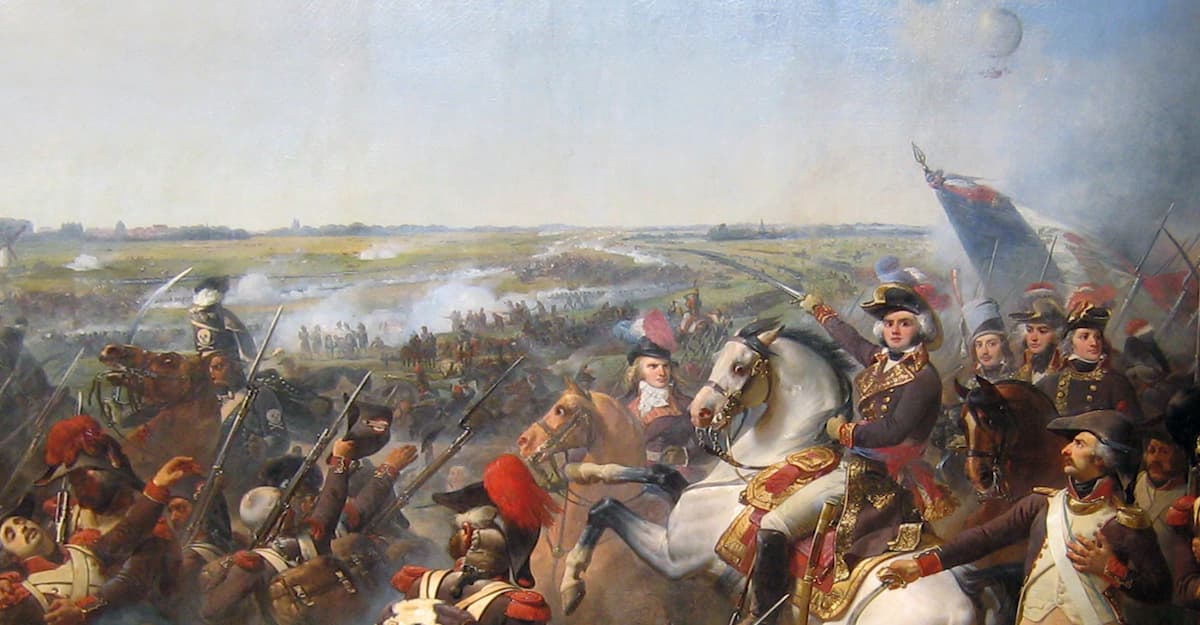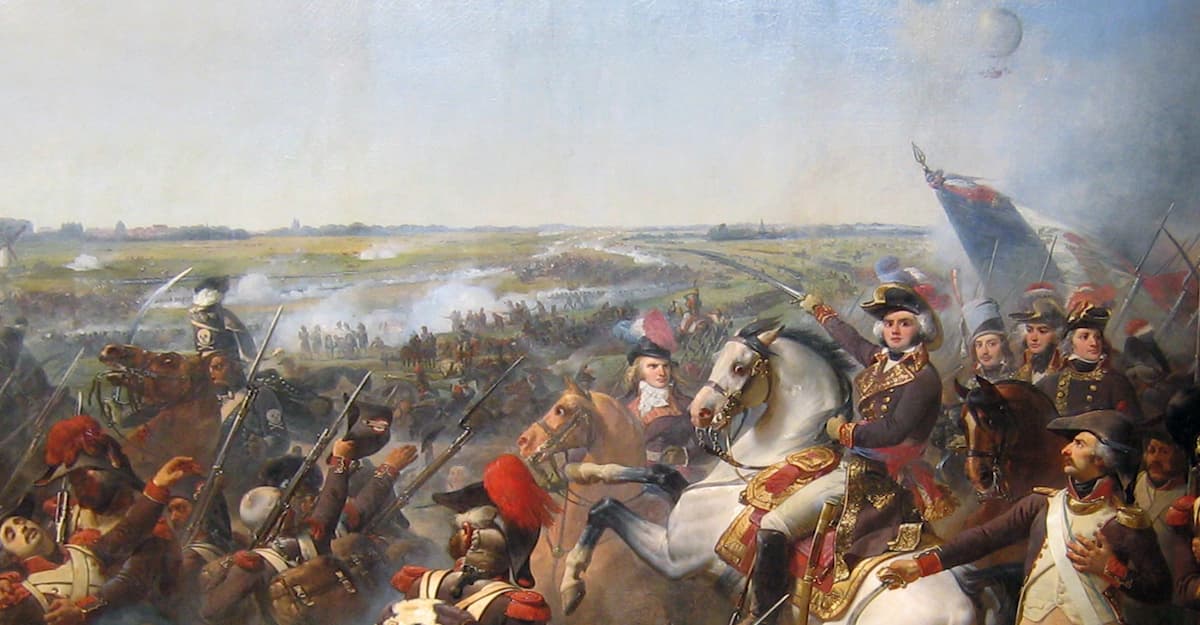In the past twenty-four hours, if you live in the USA and have looked in the news, you’ve probably seen the phrase “spy balloon.” Everywhere, multiple times. It’s the kind of phrase that, when repeated so often and with such alarm by various media and political personalities, you—a normal person—are unsure whether to be alarmed or admit that such a panic over the phrase “spy balloon” is kind of funny. Because I’d never heard the phrase “spy balloon” before in my life, until yesterday. Turns out, there’s a whole rich history of spy balloons.
This particular spy balloon was from China. China’s foreign ministry said on Friday that the balloon was “civilian airship used for research, mainly meteorological purposes” and claimed it had drifted off its intended course. However, many in the U.S. government were concerned that the balloon was gathering sensitive information. At the very least, its flight over U.S. airspace was a violation of international law.
The spy balloon was shot down over the Carolinas on Saturday afternoon, after the FAA temporarily suspended commercial airline flights in the area. It’s true that there’s a lot of tension between the U.S. and China right now, and that Secretary of State Anthony Blinken postponed a trip to China specifically because of this spy balloon. However, it doesn’t seem like the spy balloon will be a major catalyst for further tension. At least, I certainly hope not. I like peace, for one thing, but also: the internet has been having fun with the spy balloon. And the more you learn about spy balloons, the more they seem simultaneously both very impressive and very ridiculous.
What’s A Spy Balloon?
A spy balloon does not look like the image I’ve so cheekily placed as the header of this article. Spy balloons have their roots in hot air balloons and were manned by a crew of people (more on that in a second), so they’re huge. According to NPR, similar ones to China’s that are used by NASA can be up to 400 feet wide and carry thousands of pounds. They’re also quite decked out. The Chinese spy balloon had a camera and was powered by solar panels, which meant it could have stayed functioning for a long period of time.
Modern spy balloons fly well above commercial airspace. In fact, they operate in the stratosphere. Commercial planes fly at about 35,000 feet, and “surveillance balloons” (to use their more official parlance) cruise at 80,000 to 120,000 feet.
Even though this is very high, it’s definitely not high enough for U.S. defense forces not to notice. The current hypothesis is that China may have wanted to embarrass the U.S. by flying something in its airspace, while also showing off its technological prowess.
The Ridiculous History of Spy Balloons

As told by The Guardian, the first recorded use of spy balloons was during the French Revolutionary Wars, specifically at the the Battle of Fleurus in 1794. The French had created a Corp d’Aerostiers that same year, and they were ready to show off their stuff. This was actually the first time in history that aerial reconnaissance was used during battle. To mark this historic occassion, the balloon had a name: l’Entreprenant (“The Enterprising One”).
Unfortunately, first hand sources say that poor l’Entreprenant had no affect on the battle whatsoever. The General’s chief of staff, Jean-de-Dieu Soult, had very bitter things to say about l’Entreprenant years after the Battle of Fleurus.
I will not say anything about the balloon that we put up during the battle over the heads of the combatants, and this ridiculous innovation would not even deserve to be mentioned, if it hadn’t been made out to be something important. The truth is, this balloon was just plain embarrassing.
Jean-de-Dieu Soult, Memoires du Marechal Soult via Wikipedia
Still, l’Entreprenant hovers proudly in many artistic recreations of the battle, such as the painting by Jean-Baptiste Mauzaisse shown above. Wikipedia also counts it among the strength allotted the French side of the battle: “70,000 infantry, 12,000 calvary, 100 guns, 1 balloon.”
Additionally, I’m glad to inform you that l’Entreprenant is in the Guinness Book of World Records. It’s crowned the First Balloon Used In War. (Guinness has a much nicer take on l’Entreprenant’s usefulness than Soult had, saying it played a key role in the French victory.)
Spy balloons were next used during the U.S. Civil War in the 1860s. According to the Guardian, “Union men in hot air balloons, binoculars at the ready, would try to gather information about Confederate activity further away. They sent signals back via morse code or a ‘piece of paper tied to a stone.’ “
The Confederates used balloons, too, but as told by the American Battlefield Trust, “the Union aeronautical program was far more successful and better organized.” The man who designed these Union balloons was named, remarkably, Thaddeus S. Lowe. Thaddeus’s balloons could fly at 1,000 feet and were named very American things like Constitution, Eagle, Intrepid, United States, Washington, and Excelsior. And they were very colorful. Which seems bad for spying. But spying be damned, because “Lowe was a born showman.” (Apparently, he was hoping for intimidation.)
Spy balloons continued during World War I and the Cold War. Bloomberg says that, during this period, the U.S. launched hundreds of balloons into the Soviet Union and China. So the U.S. is guilty of international spy ballooning, too.
I would like to leave you with a tale of a spy balloon sighting during World War II. The crew of a warship called the USS New York saw a sphere hovering above their craft and assumed it was a Japanese balloon. The captain ordered his crew to shoot it down. The crew tried to shoot the balloon, over and over again, but kept failing. As the unsuccessful hits mounted, the navigator realized that they were actually attacking Venus.
Goodbye, Chinese spy balloon.
(Featured image: Philipa Willitts, via Flickr)









